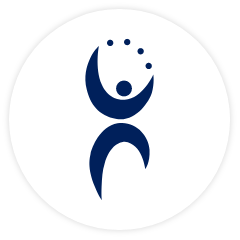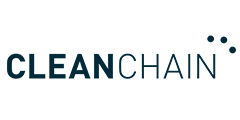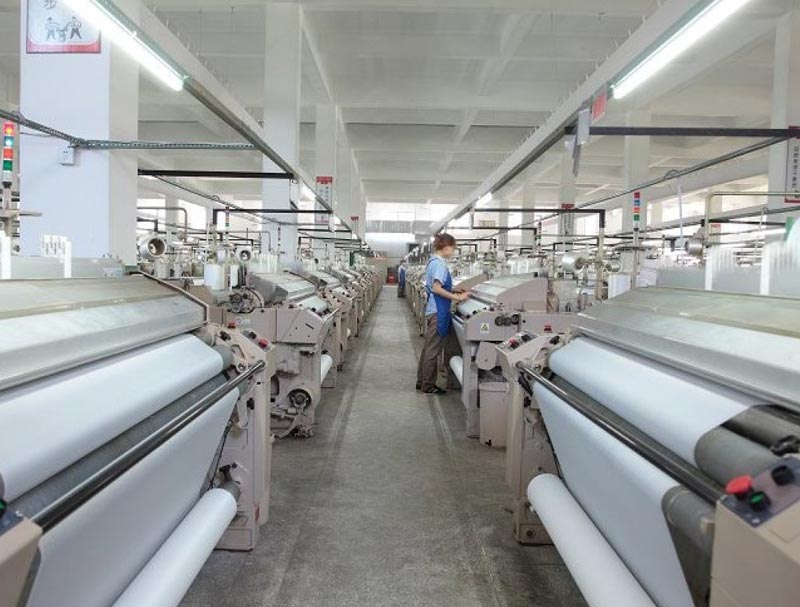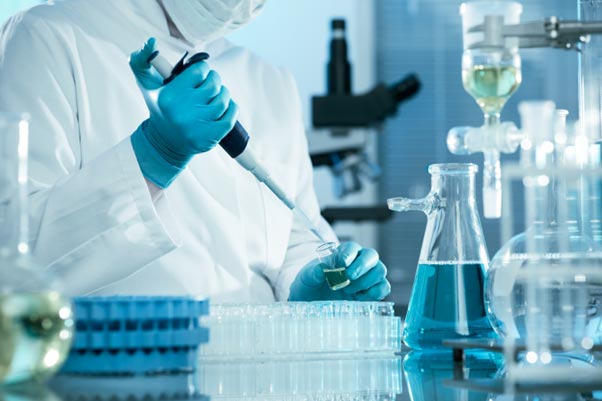Inside CleanChain’s SDS Parser: Turning Unstructured Text into Structured Compliance Data
Article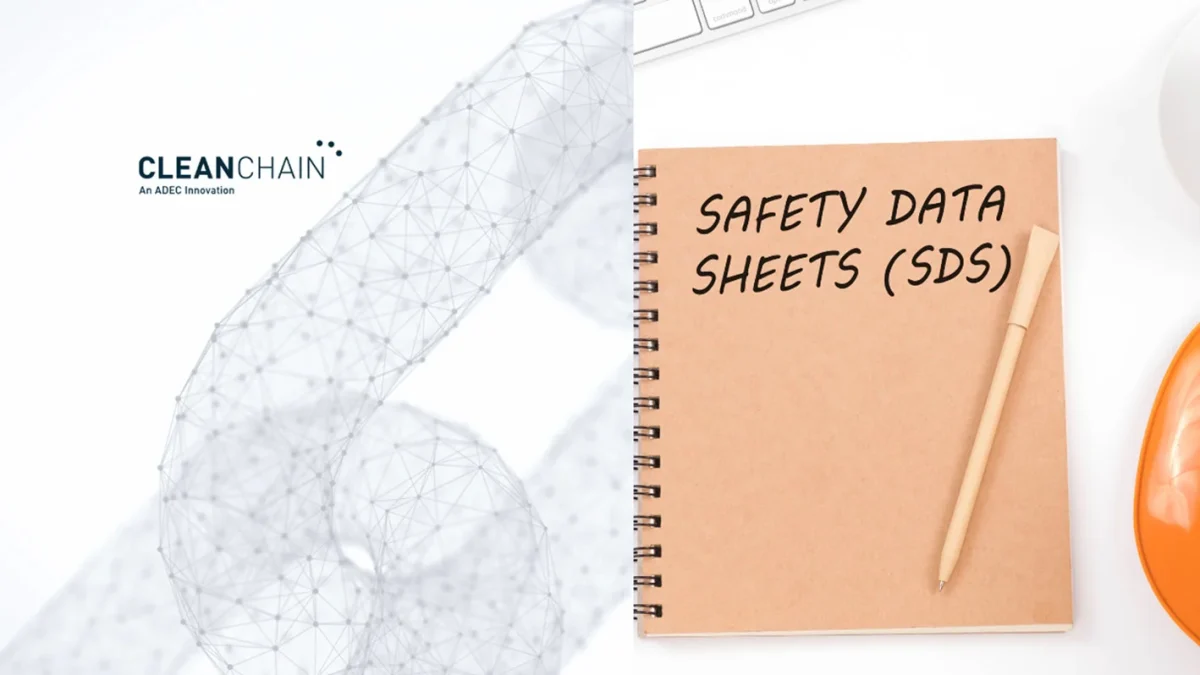
Safety Data Sheets (SDS) are the cornerstone of chemical compliance, yet most remain trapped in unstructured, text-heavy PDFs that are difficult to search, compare, or report on.
Every manufacturer formats their SDS differently, often in multiple languages and with varying units of measure. For compliance teams, that means hours of manual effort and inconsistent results.
CleanChain’s SDS Parser changes the game. Using automation it reads any SDS document, extracts chemical and safety information, and converts it into structured, standardised data that’s ready for integration, reporting, and analysis.
Here’s a closer look at how it works, and why it’s transforming SDS management across global supply chains.
- The Challenge of Unstructured SDS Data
SDS are designed for safety, not for digital use. Most are delivered as PDFs or scanned files, often written in different languages and formats. Within each document, critical information like hazard statements, physical properties, and revision dates is hidden in long text blocks.
This makes it nearly impossible to extract and analyse data efficiently. Compliance teams often resort to manually reading, copying, and re-entering data into spreadsheets, creating a process that is slow, error-prone, and inconsistent.
- Reading Any SDS Format with AI-Powered Parsing
CleanChain’s SDS Parser eliminates manual effort by automatically reading and interpreting any SDS file regardless of format, template, or language.
Using AI and pattern recognition, it identifies key SDS sections (such as Identification, Hazard Information, Composition, and Toxicology) and extracts every relevant data point. Whether the SDS comes from a supplier in Europe, Asia, or North America, the Parser accurately captures the same information in a consistent format.
- Multi-Language Recognition and Translation
SDS are often supplied in multiple languages. CleanChain’s SDS Parser captures both the original text and an English translation, ensuring that all data can be reviewed and analysed uniformly.
This feature eliminates the need for manual translation and helps multinational teams collaborate seamlessly across regions. - Converting Text into Structured Data Fields
Most SDS values, such as boiling points, flash points, or vapor pressures are buried in text strings (e.g., “Boiling point is <500 F”). The SDS Parser extracts these values, interprets them, and breaks them into structured data fields:
- Parameter: Boiling Point
- Value: 260
- Unit of Measure: °C
All units are standardised into a single measurement system (e.g., Celsius, grams per litre), ensuring consistency across datasets. This makes it possible to run calculations, generate reports, or identify products that meet specific compliance thresholds, like those classified as VOCs.
- Converting Hazard Text into Standardised Codes
The Parser goes beyond numeric values. It translates hazard statements into standardised hazard codes (e.g., “Very toxic to aquatic life” becomes “H400”).
This conversion enables automated compliance checks, risk flagging, and more accurate reporting aligned with global standards such as GHS and ZDHC MRSL. - Detecting Outdated and Duplicate SDS
Managing SDS manually often leads to version confusion with multiple files for the same product. CleanChain’s SDS Parser identifies duplicates, assigns unique product IDs, and flags the SDS with the latest revision date.
For example, if there are four SDS for WD-40, the Parser consolidates them under one product record and marks which version is current. This ensures that companies always reference the latest, most accurate information. - Customisable Output for Seamless Integration
Every company manages SDS differently. CleanChain’s SDS Parser can export data in the format that best fits your workflow, whether it’s Excel, a database, or API integration.
If your internal SDS log uses a specific layout (e.g., Column A = Product Name, Column B = Product Code), the Parser delivers data in that same structure for instant compatibility. - From Data Extraction to Compliance Intelligence
Once SDS data is standardised, it becomes a powerful asset for compliance and sustainability reporting. Companies can:
- Generate automated chemical compliance reports
- Identify hazardous substances across suppliers
- Track VOC and environmental impact metrics
- Integrate with existing EHS or ERP systems
By transforming unstructured text into structured compliance data, CleanChain enables smarter, faster, and more accurate decision-making.
The CleanChain SDS Parser redefines how organisations manage chemical safety data. Through automation and AI, it eliminates manual inefficiencies, ensures data consistency, and provides actionable insights that support compliance, sustainability, and transparency.
What once took hours of manual effort now takes minutes with cleaner, more reliable data every time.
Book a demo to discover how CleanChain’s SDS Parser can transform your SDS management into a seamless, automated process.
